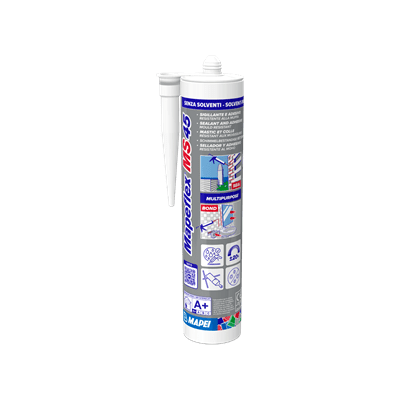Most concrete structures have joints as part of their design. Joints are necessary to accommodate movements in the concrete units caused by thermal contractions and expansions as well as exposure to loading conditions.
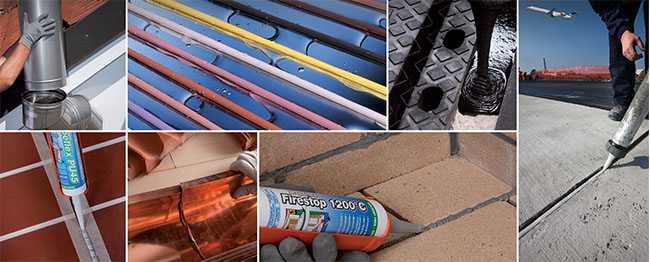
The main function of sealants is to seal these joints to prevent entry of unwanted substances such as dirt and liquids. They are also used for sealing penetrations, and to fill gaps and cracks in facades for weatherproofing and/or aesthetics purposes.
Sealants should have the following general properties:
Depending on site conditions and requirements, sealants can have other special or additional properties that include:
There are many possible reasons for sealant failures. Let’s take a look at them:

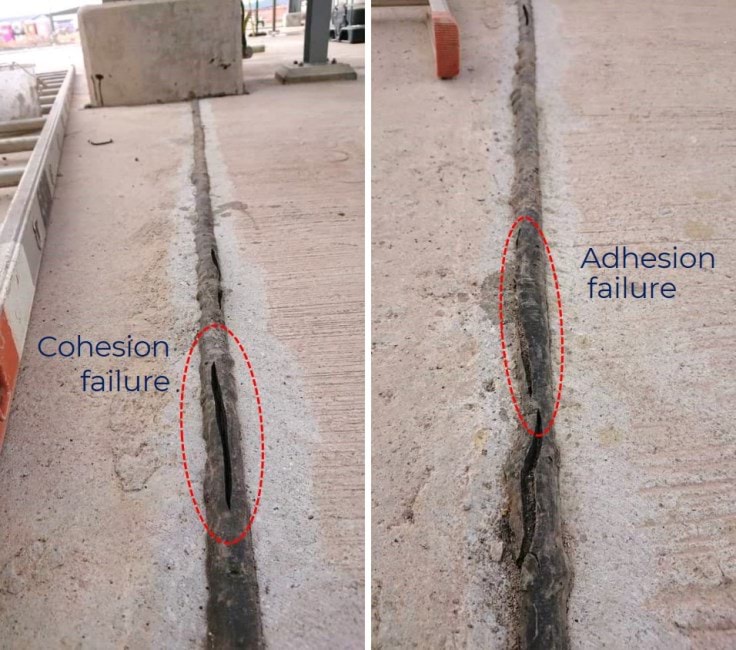
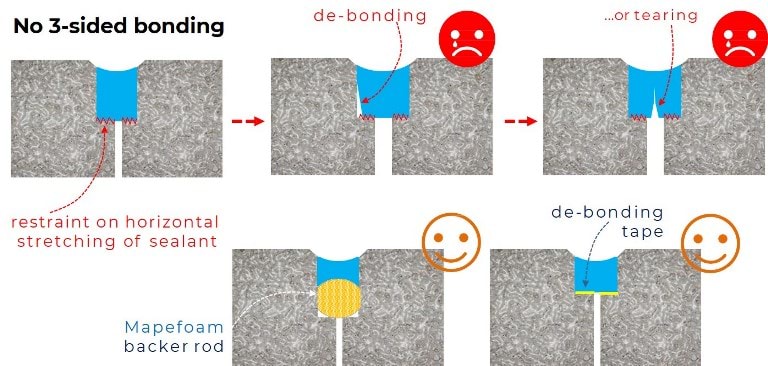
Joint movement. The expected joint movement is calculated based on the structure’s exposure to thermal deformations (depending on temperature fluctuations, thermal coefficient of the substrate, and joint spacing). The sealant must have the required movement capability.
Substrate type and sealant compatibility. It is important to check the compatibility of the substrate and sealant material beforehand. In addition, the substrate and joint surfaces must be clean, dry and free of defects such as loose aggregates, spalls and cracks that could impair the sealant bond.
Location of the joint. Is the joint located in an indoor or outdoor setting?
Service conditions. Do the site conditions require special sealant characteristic? For instance, sealants for refractories must be able to resist high temperature, and sealants for swimming pools and water storage tanks must be able to withstand immersion in water. Building certifications and other special conditions also influence the selection of the sealant.
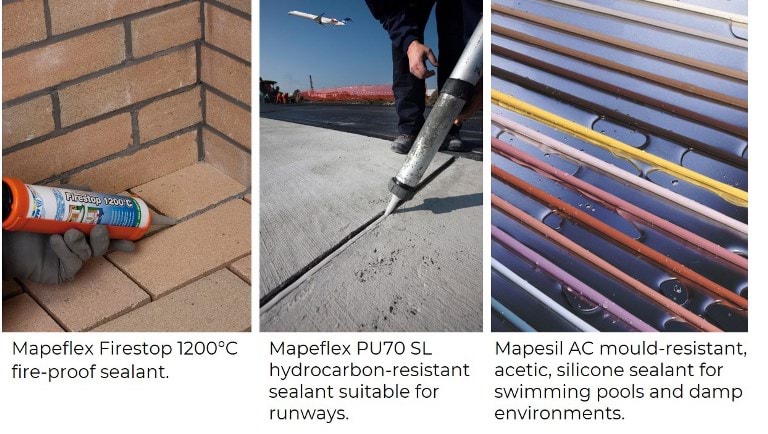
Combining the right type of sealant with the proper design, appropriate joint detailing, correct installation method, and regular maintenance will go a long way towards maintaining the integrity of the structure.
Mapei Malaysia offers a wide range of sealants made from various types of polymers, each one characterized by specific performance characteristics in terms of elasticity, and resistance to stresses and loads for all types of site conditions. Visit our website for more information on our Sealants range.
Questions and comments on Sealants and Adhesives? Reach out to Mapei Malaysia.
Check out our Blog page for more Construction related articles.


